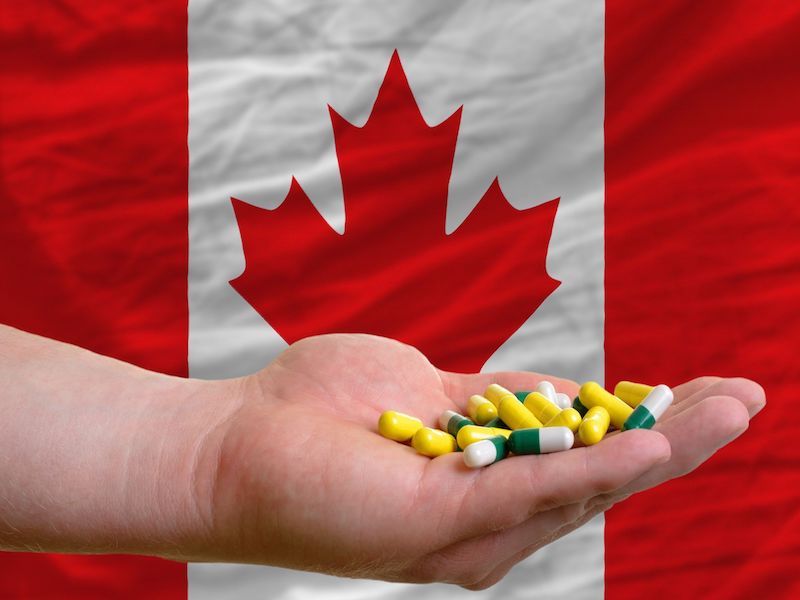

The Parliamentary Budget Office is confirming the insurance industry’s projection that a single-payer model of national pharmacare program will cost $40 billion annually as a result of shifting more than $14 billion in private insurance coverage onto the government’s books.
In a new report, the PBO estimated the cost of a single-payer universal drug plan to the public sector will be $11.2 billion in 2024/25, increasing to $13.4 billion in 2027/28. While it noted these incremental costs are the result of expanding public expenditures to cover the private insurance and out-of-pocket market shares, it also expects savings due to the increased negotiating power of a single payer.
“The economy-wide savings on drug expenses generated by a single-payer plan would amount to $1.4 billion in 2024/25, rising to $2.2 billion in 2027/28.”
According to a statement from the Canadian Life and Health Insurance Association, the program will also result in less drug coverage for millions of Canadians. The CLHIA’s latest annual fact book found insurers paid $14.3 billion in drug costs under workplace health benefits plans in 2022, accounting for more than a third of prescription drug spending in Canada. Under a single-payer plan, this entire cost — which grew at eight per cent last year — would shift to government balance sheets, noted the CLHIA.
In addition, the CLHIA said 27 million Canadians may lose coverage for drugs they can access today through their workplace benefits plans. “A single-payer program will spend unnecessary billions to disrupt existing workplace health benefits plans that are already making a larger number of prescription drugs more affordable for millions,” said Stephen Frank, the CLHIA’s president and chief executive officer, in a press release.
“A $40 billion pharmacare program will shift costs to the government and cause disruption as people find their medication is no longer covered and employers consider dropping plans or reducing coverage.”
The CLHIA said it supports a three-point plan to achieve universal drug coverage for Canadians without disrupting plans that working Canadians rely on. It includes: a national formulary, which could include a list of essential medications that all Canadians must be able to access through both public or private plans; financial support to provinces and territories so all jurisdictions can deliver all medications on the national formulary through their public plans; and public and private plans working together to ensure Canadians can benefit from lower prices on medications.
Read: Canadian insurers paid out record $114BN in health, retirement benefits in 2022: CLHIA
